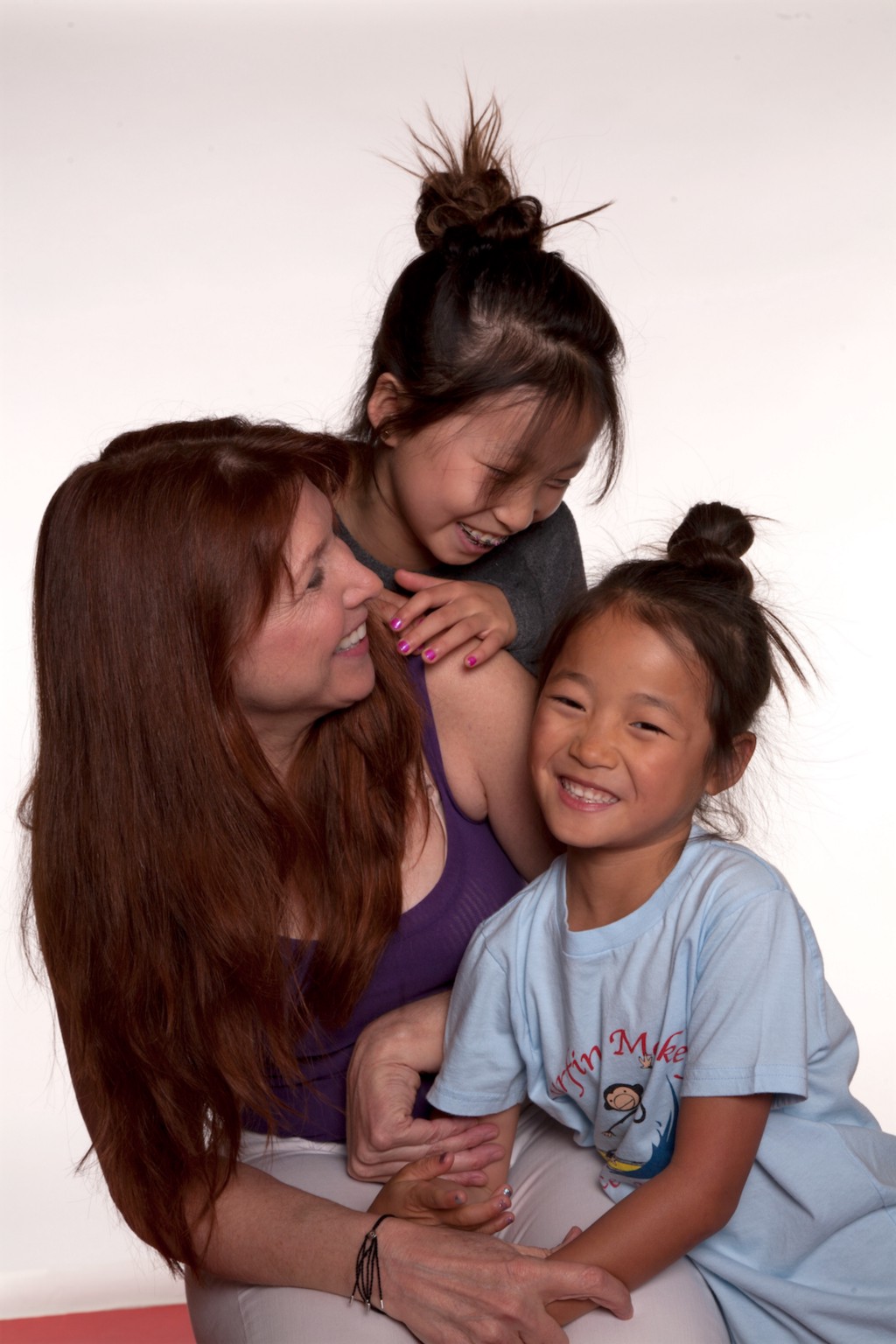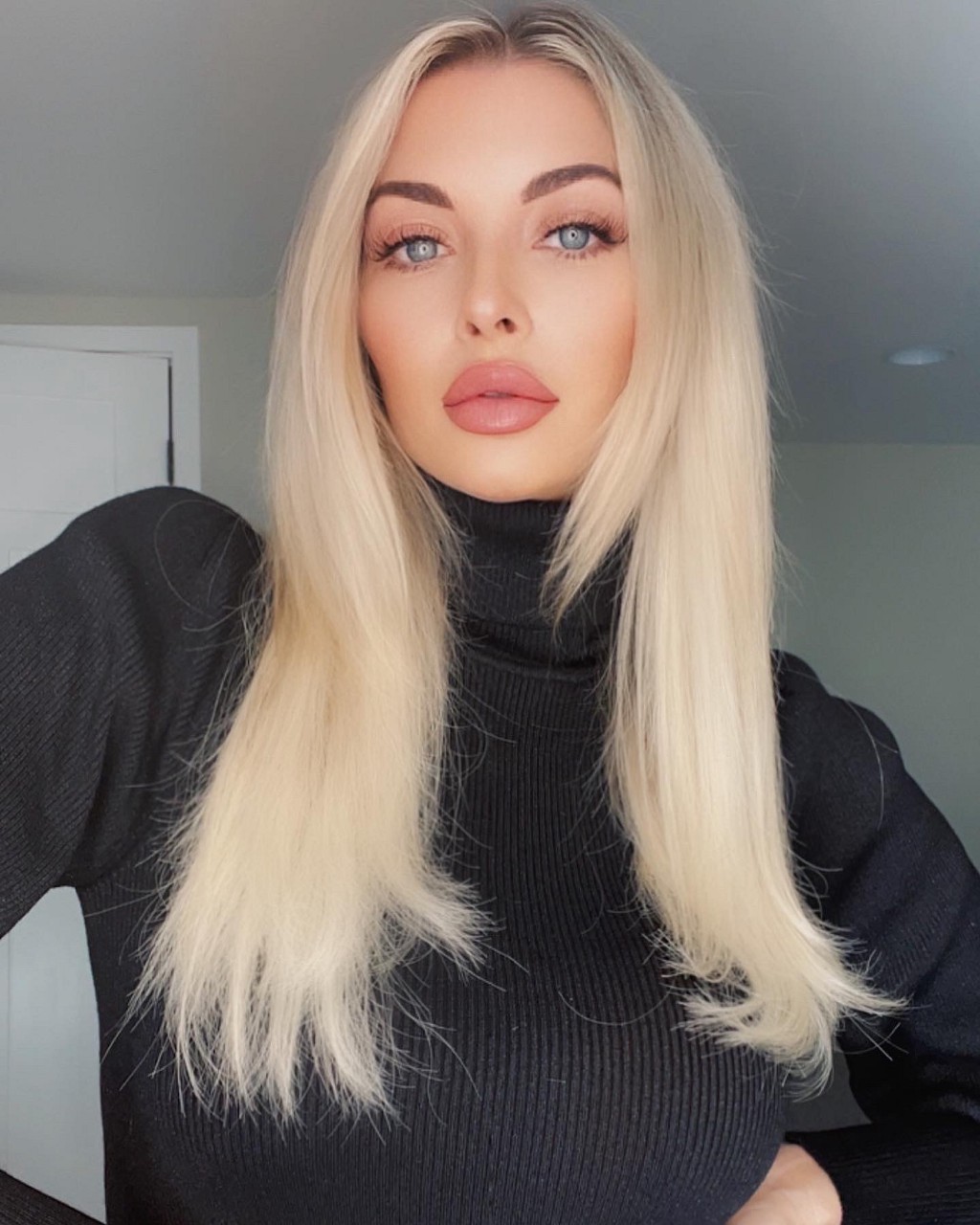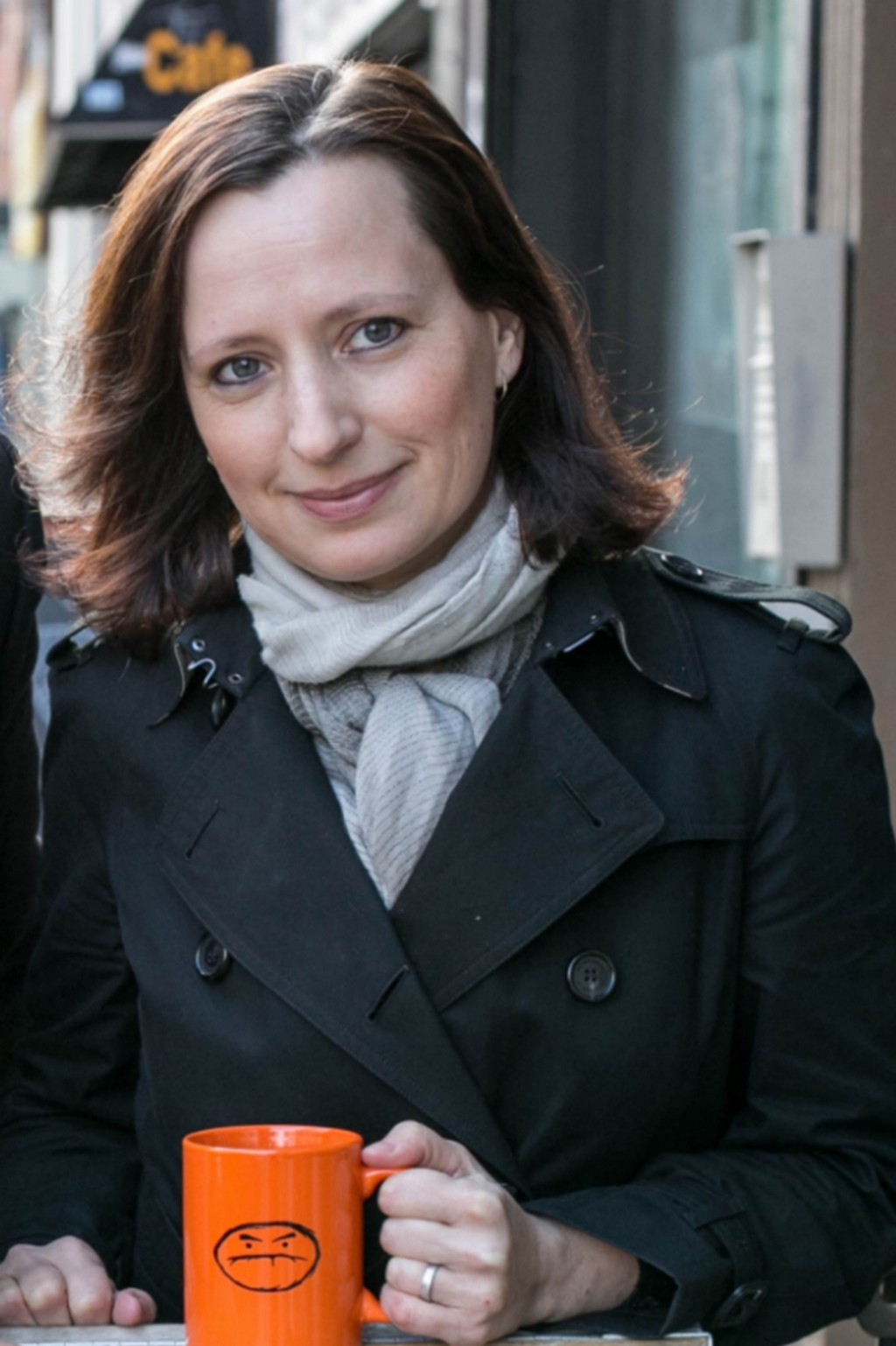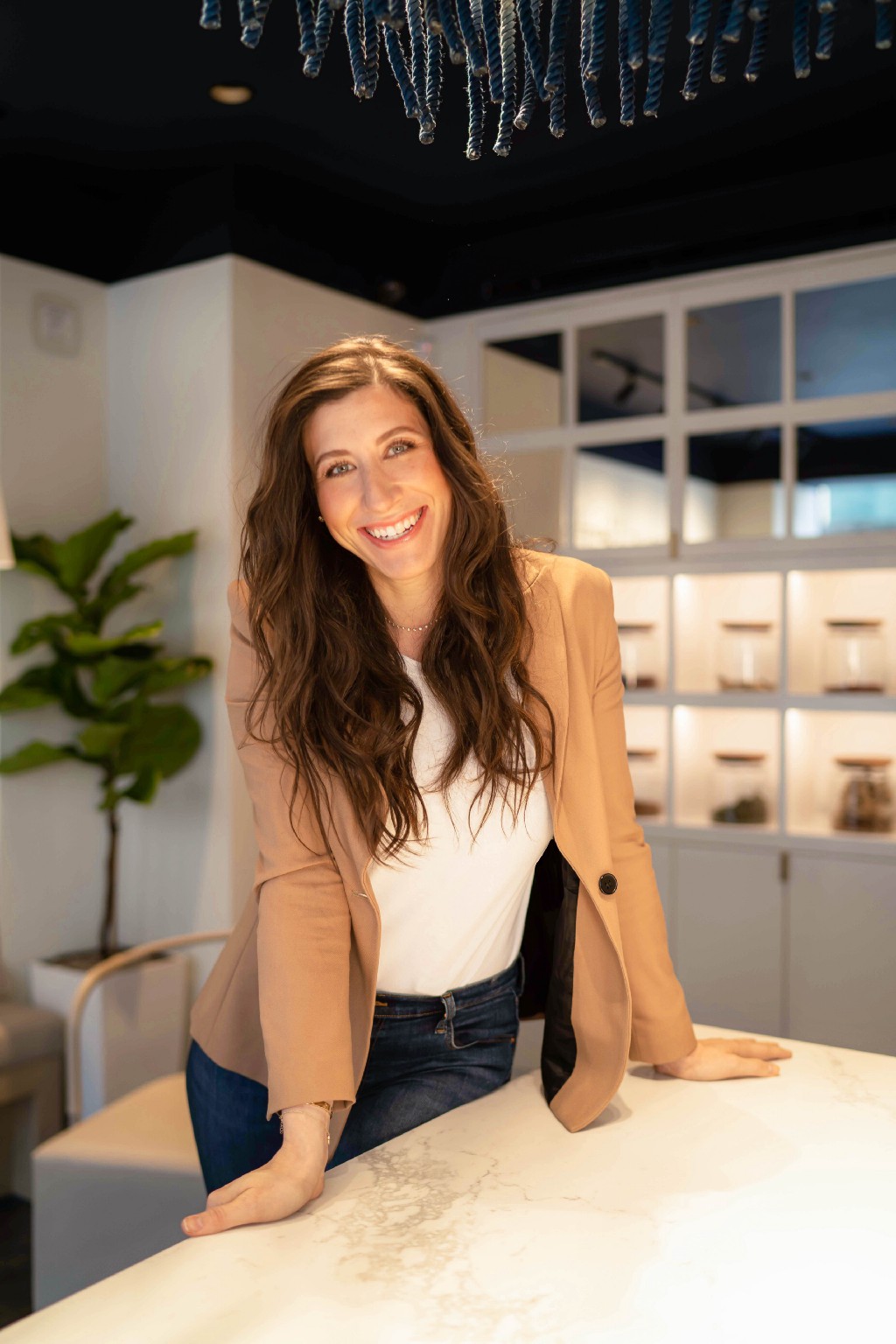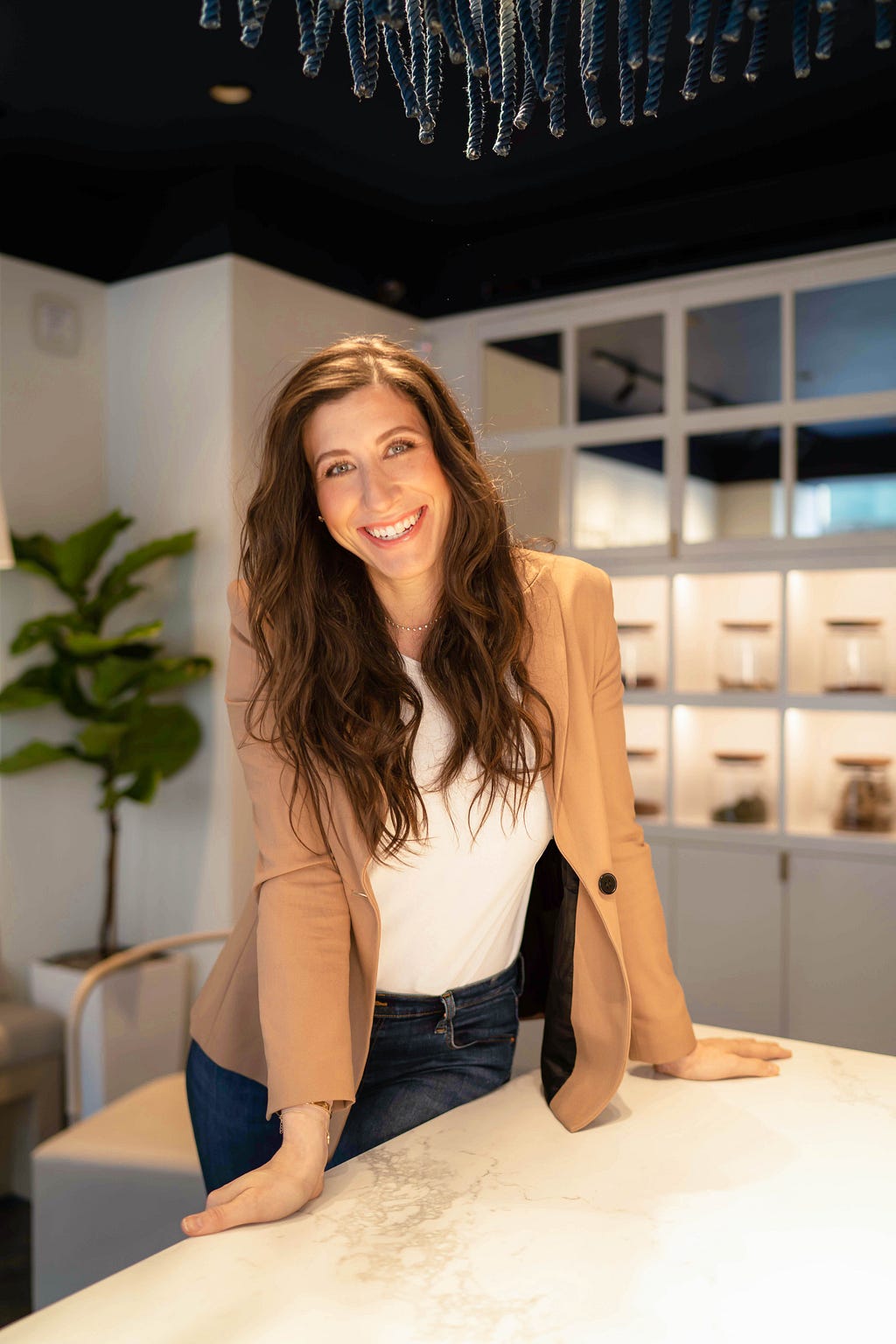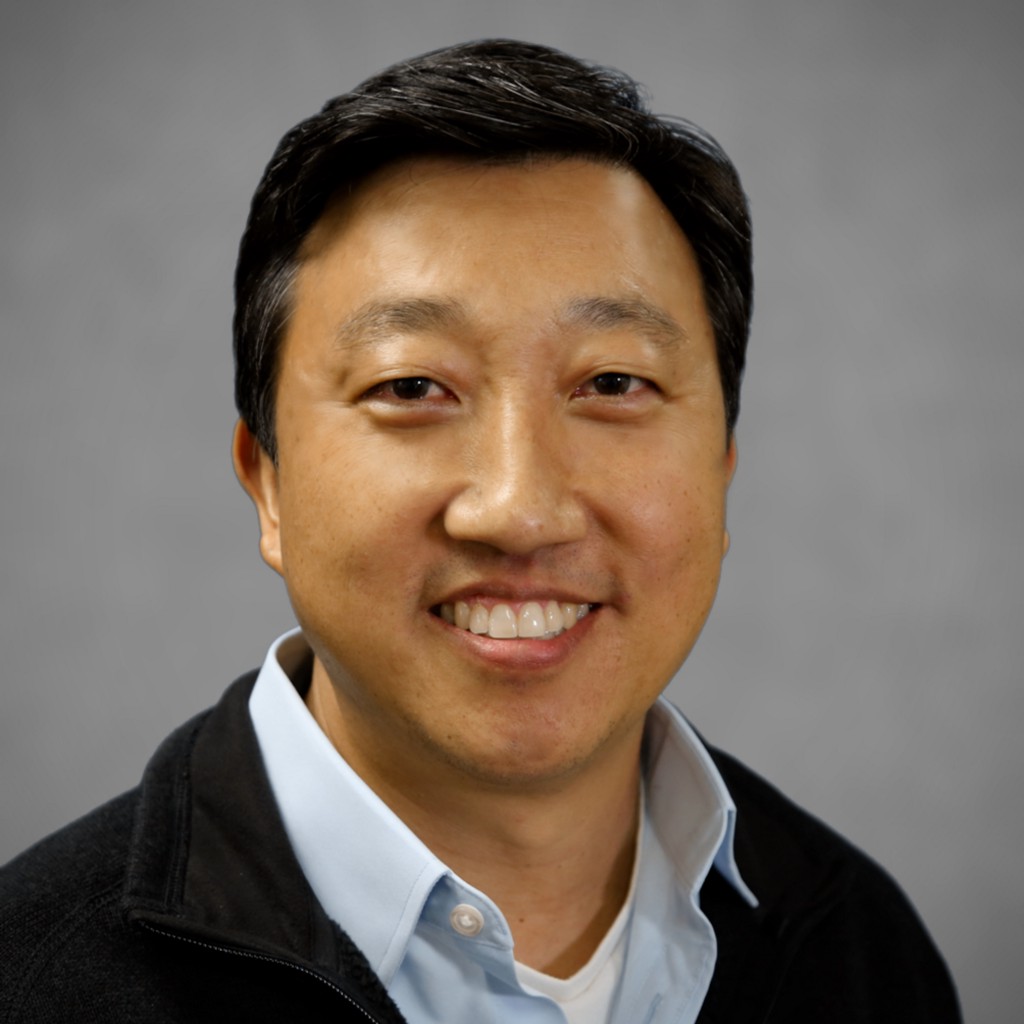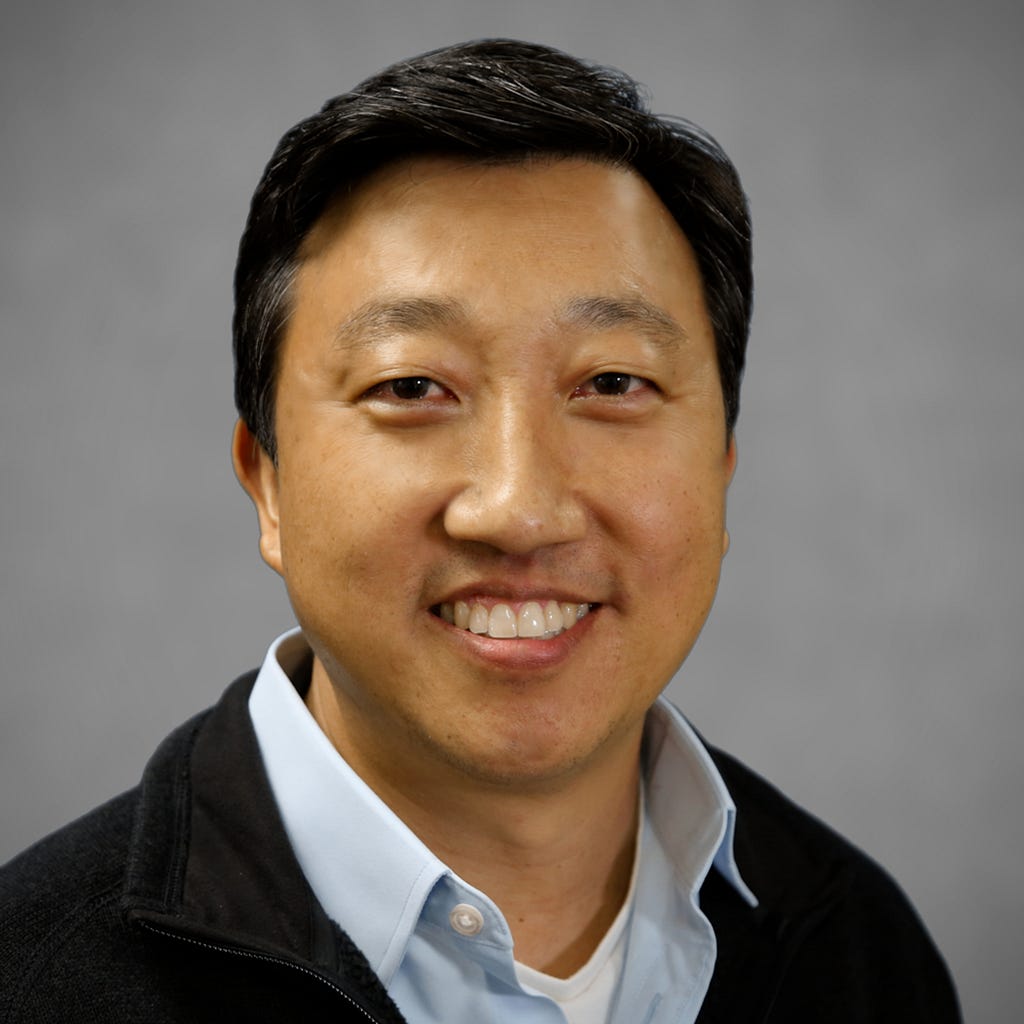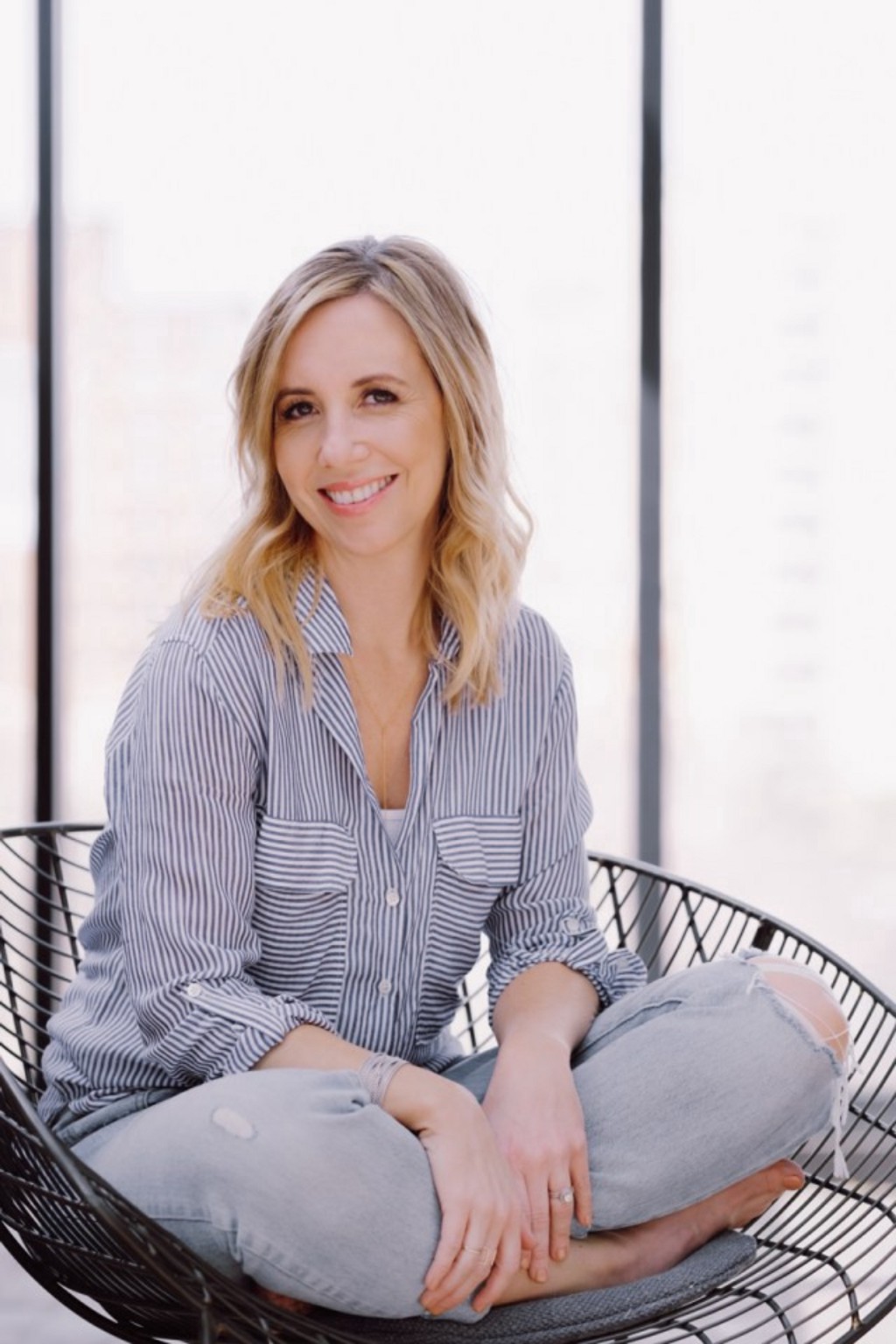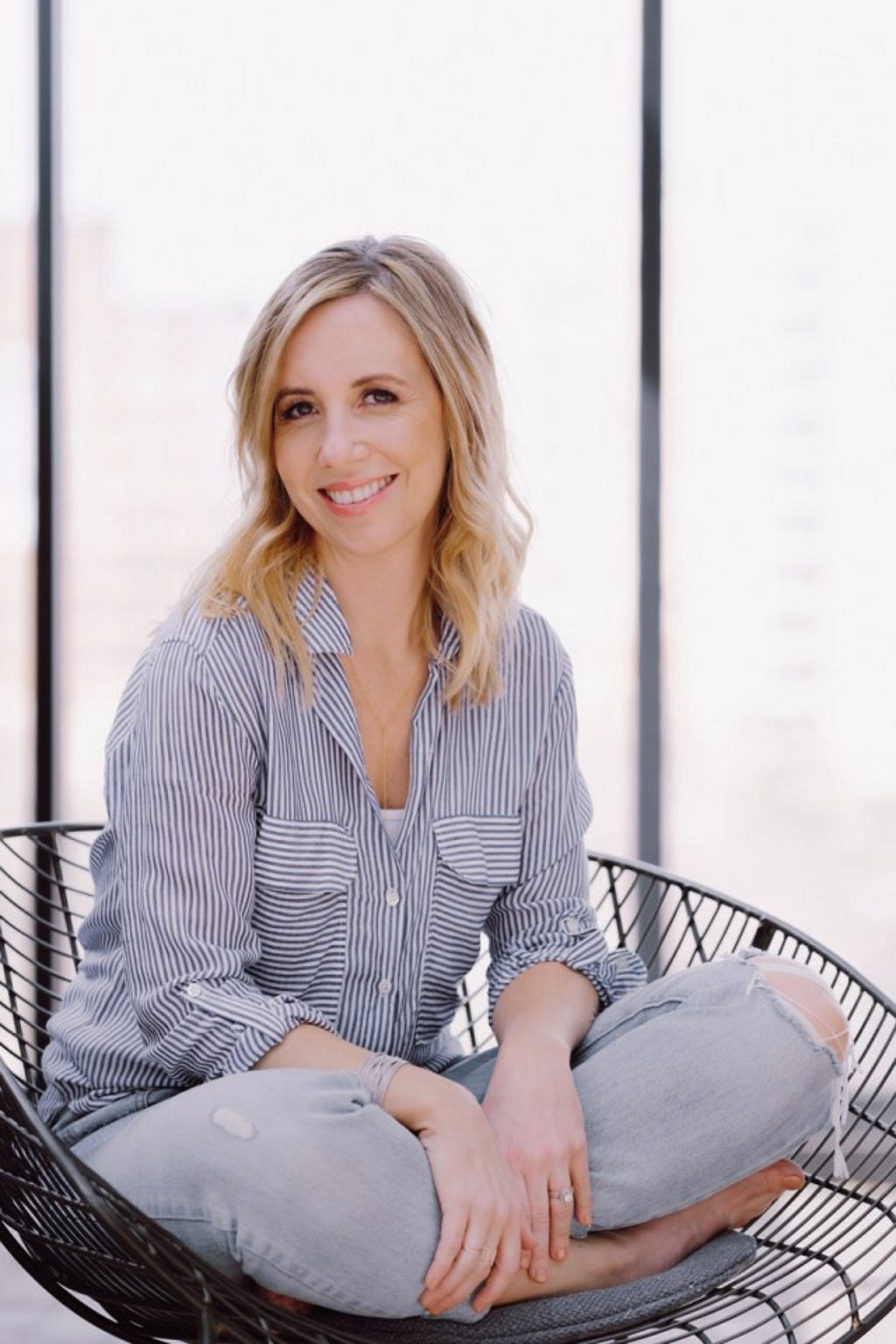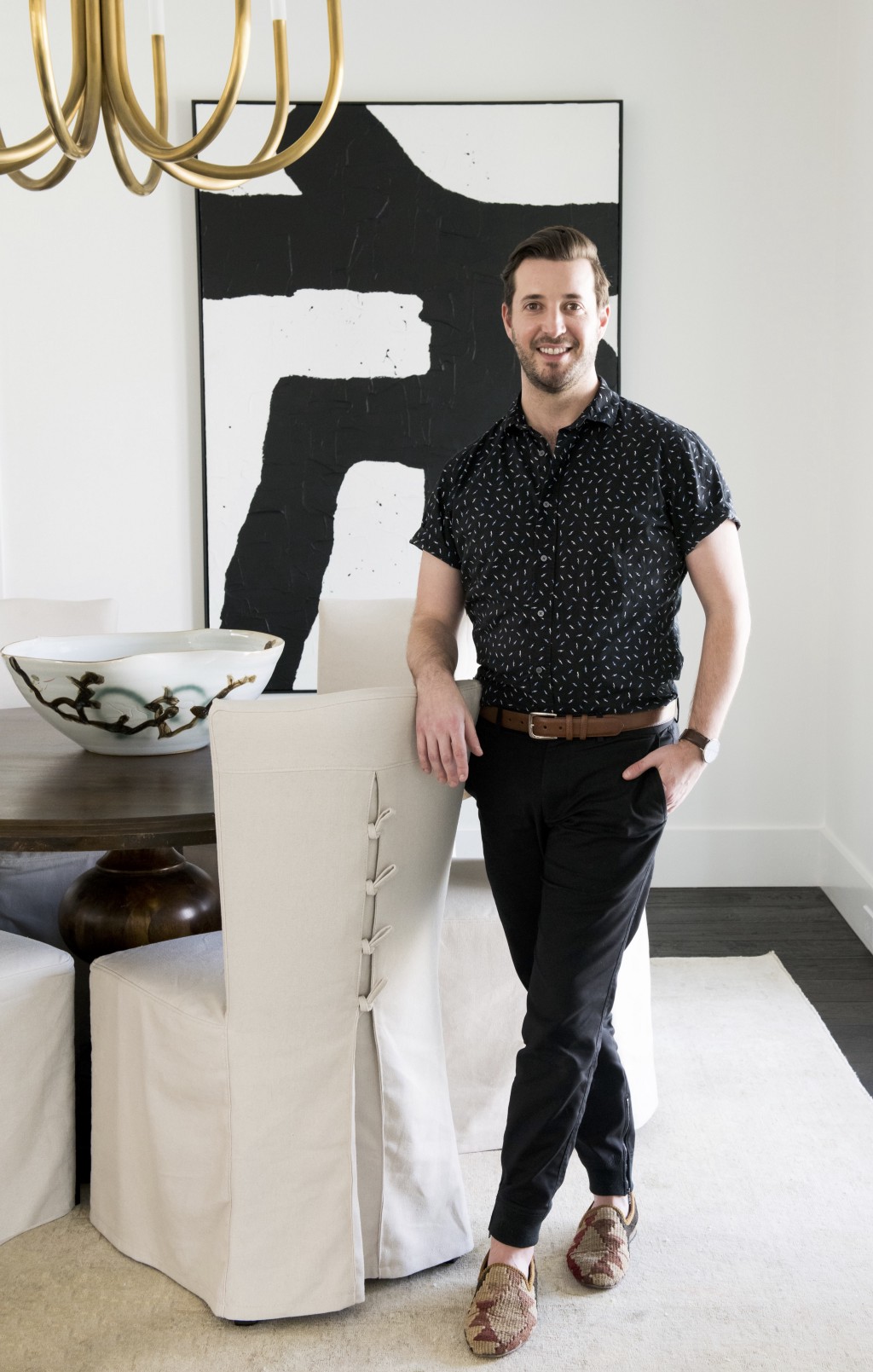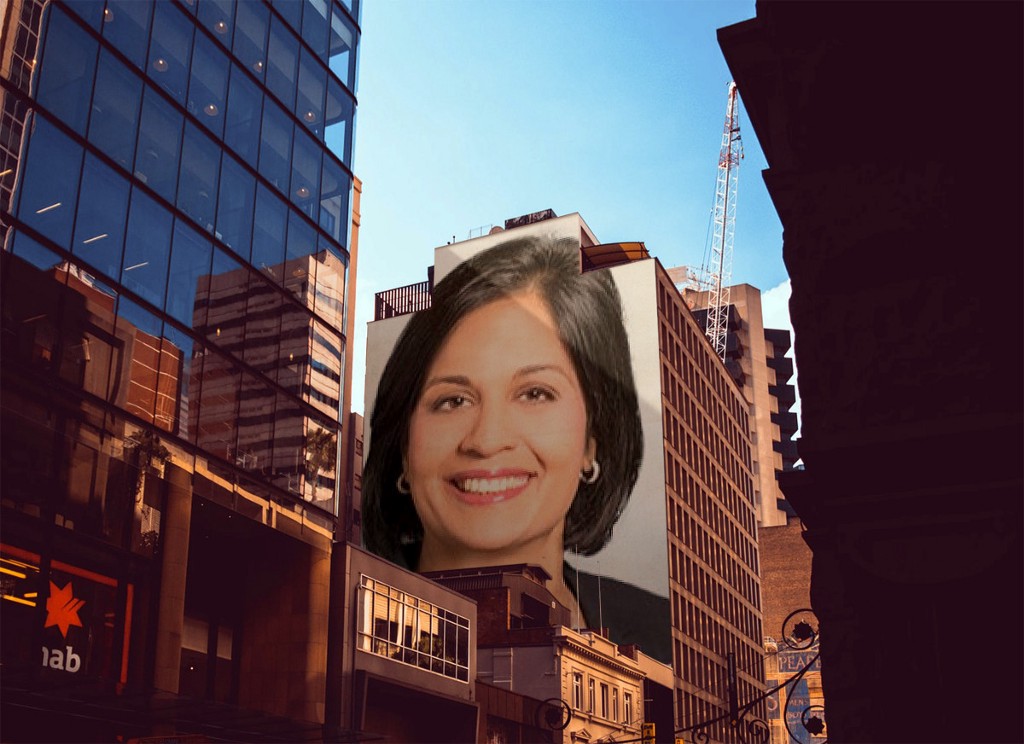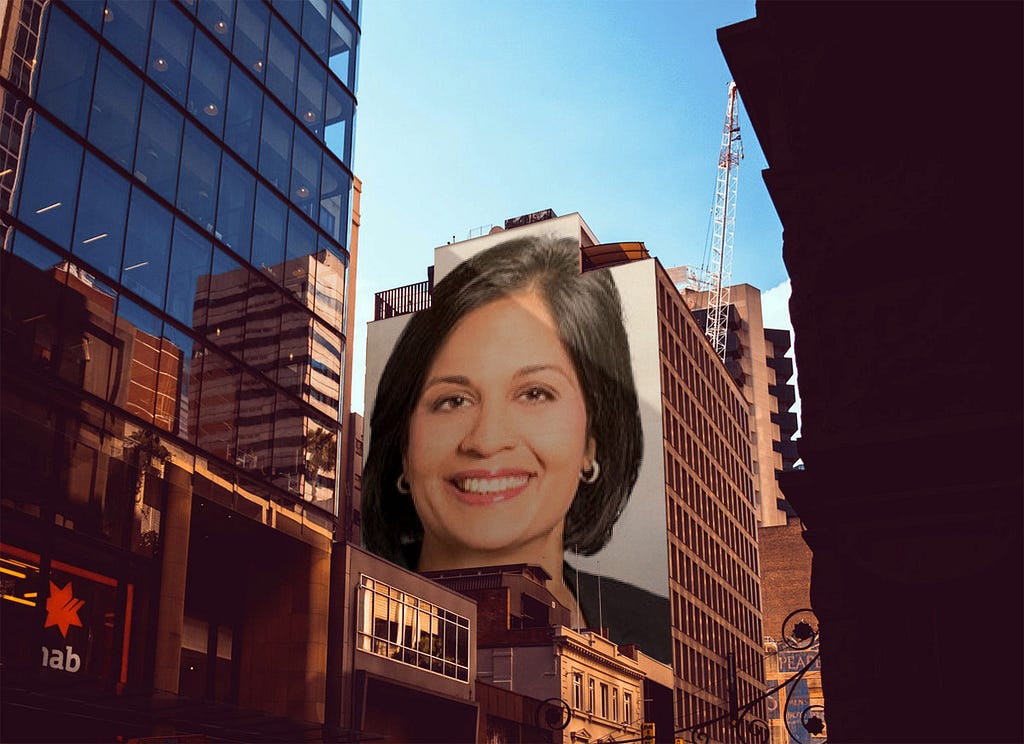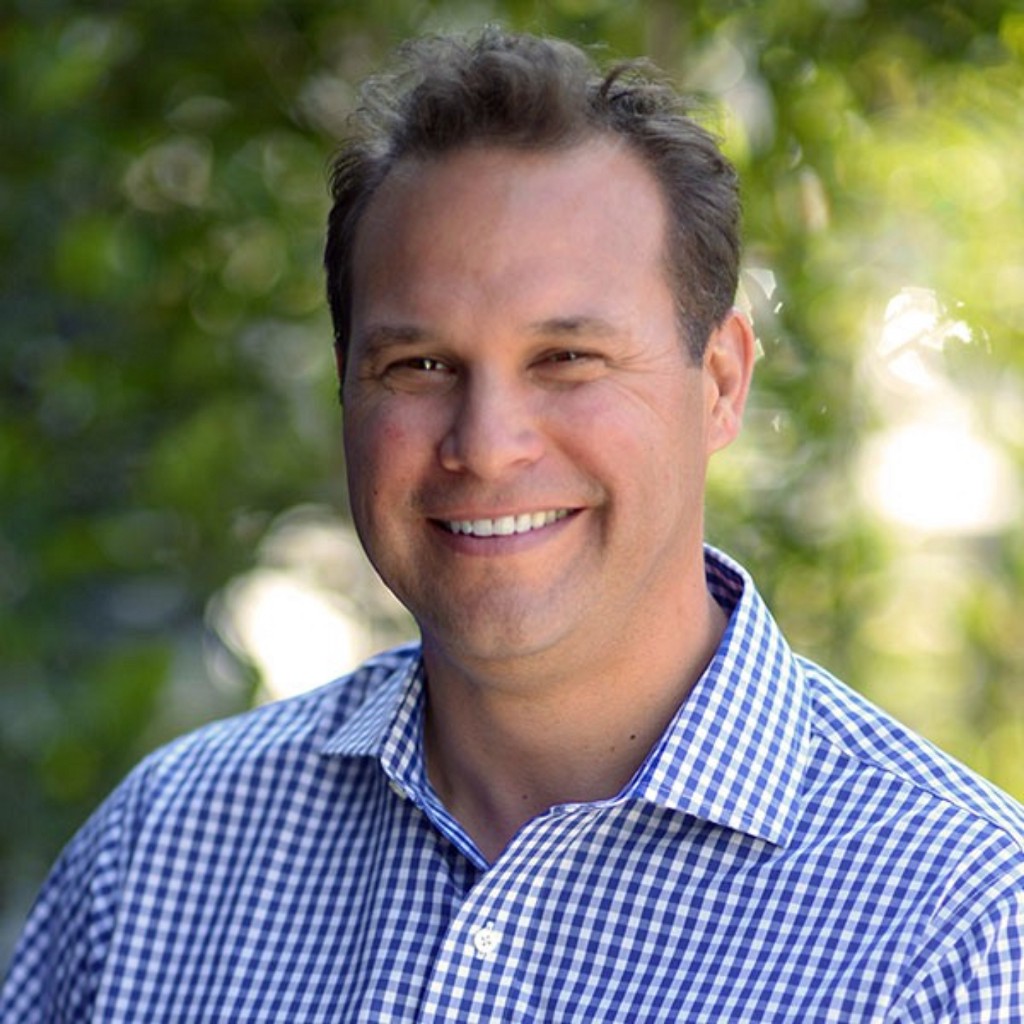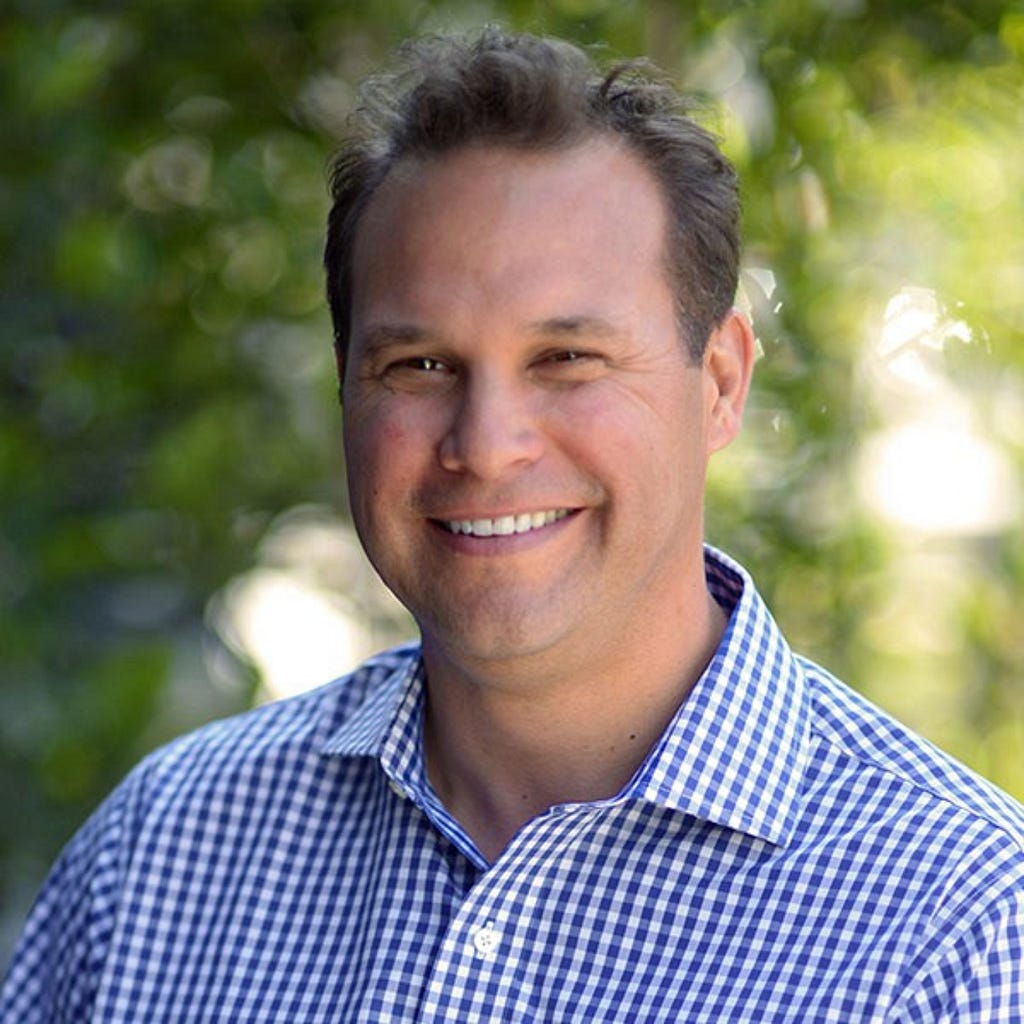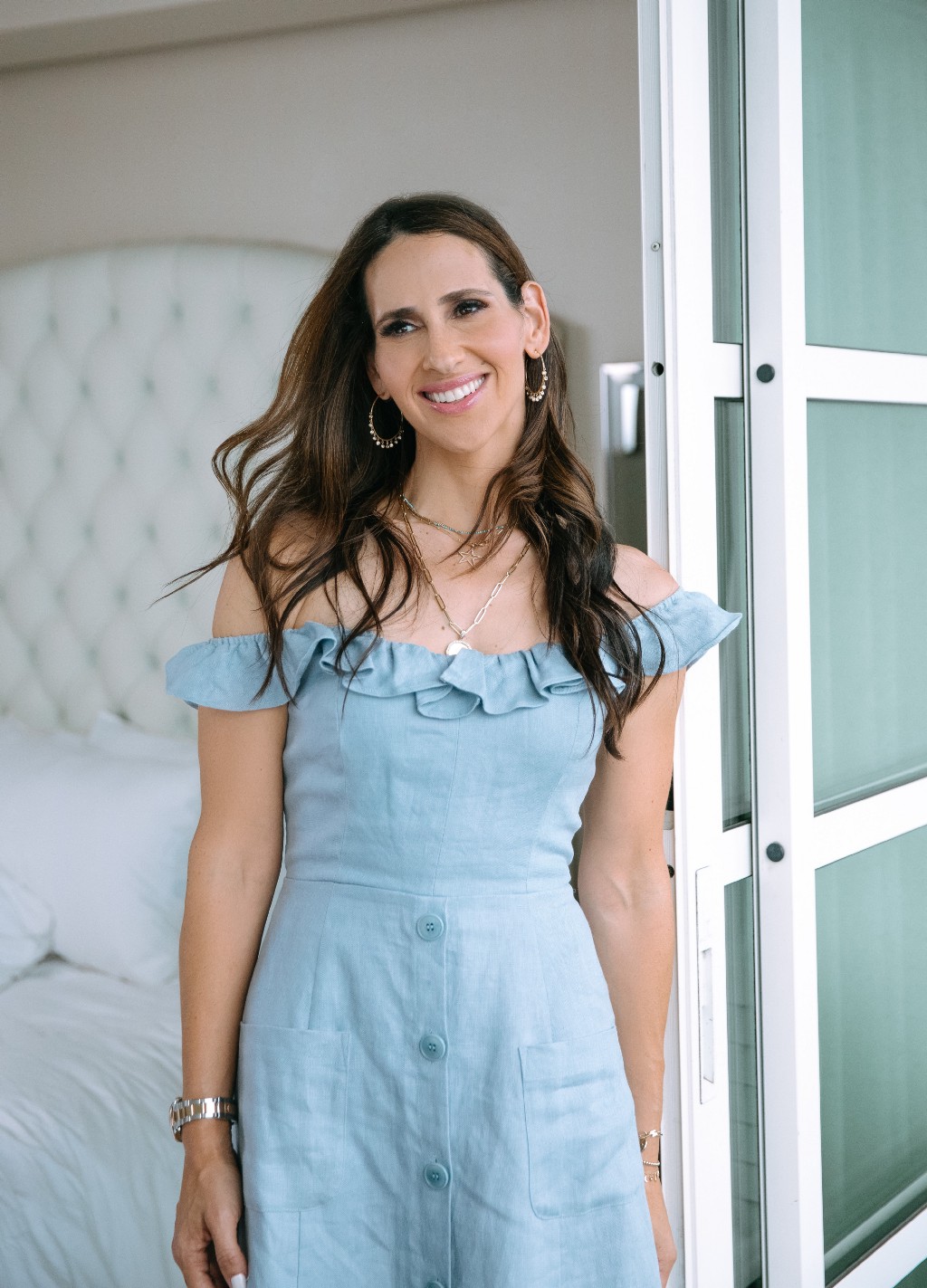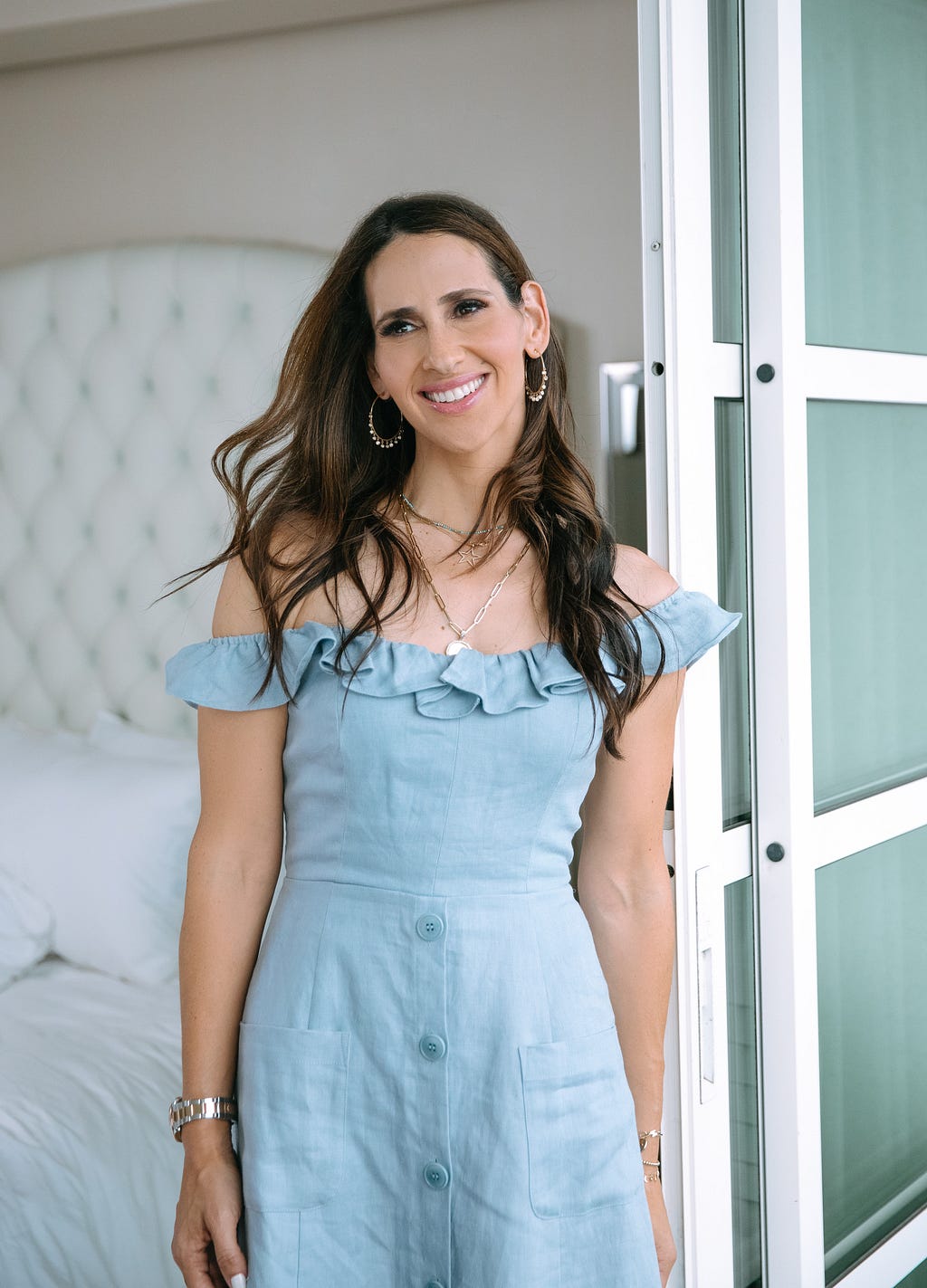Inspirational Women in STEM and Tech: Nancy Howes Of ‘Know Yourself’ On The 5 Leadership Lessons She Learned From Her Experience
An Interview With Candice Georgiadis
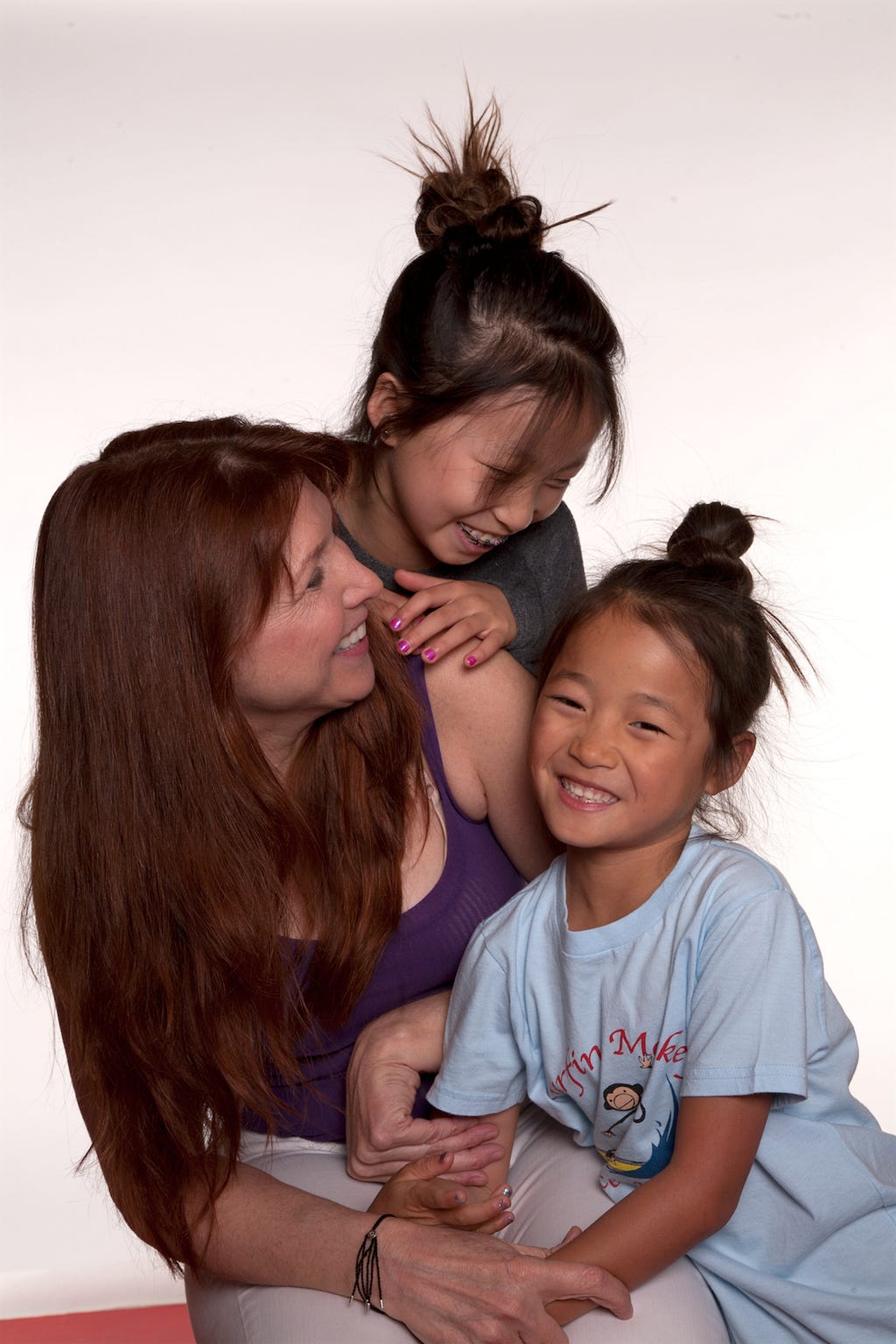
Do not give away your power. While I was working in high tech, there were often times when some of the men around me would present my ideas or strategies as their own. For a long time I let them, because I didn’t want to make waves. Every time you do not stand up for yourself and speak up, you miss a chance to learn. Learning is power. Get into the ring, try, win or lose. Learn.
As a part of my series about “Lessons From Inspirational Women in STEM and Tech”, I had the pleasure of interviewing Nancy Howes of Know Yourself.
Know Yourself Foundation is the not-for-profit arm of the Public Benefit Corporation, Know Yourself, which was created in 2012 by entrepreneur, educator, artist and mother, Nancy Howes, and her husband, renowned Silicon Valley entrepreneur and computer scientist, Tim Howes.
Thank you so much for doing this with us! Can you tell us a story about what brought you to this specific career path?
I know the exact moment that inspired me to start this line of inquiry which would quickly become my life’s work.
I was in the kitchen when my 4-year-old ran in yelling, “Mom! Mom!”
I looked down and asked, “What is it?”
She put my hand on her sternum and became very still. After a second, she whispered with delight, “Can you feel it?”
Immediately, I realized my little genius had discovered her own heart beating. I explained what I could in the 12 seconds of attention she gave me before that marvelous tiny human ran off to discover something else.
I was so moved by her natural curiosity about how her own body functions and works that I wanted to continue the conversation with her. However, when I looked to feed this curiosity with age-appropriate materials about anatomy and physiology, I couldn’t find anything I liked. Most material for elementary school children was either too basic (I smell with my nose) or way too advanced (The Whole Human Body book).
The simple idea of “knowing yourself” became my mission. Armed with a BFA, an MEd, and a sister with over 30 years in the public school system focused on elementary education, I started to research how I might present this information in a systematic and exciting manner. It was important to me that my own culturally diverse children (and all other children) be represented in the material, as that was an issue in most material I found. I talked to dozens of educators and medical professionals across the country. After almost two years of research, I started writing the first series, Bones of the Body, with my own children in mind.
Can you share the most interesting story that happened to you since you began at your company?
There have been so many stories and people along the way. Inspiration comes in surprising ways, but here’s a story about how puzzle pieces fall into place as you go.
After completing the four books in the Bones of the Body series, I started the next series: Systems of the Body for kids. I knew I wanted a comic story and had contracted with a story writer, but the story wasn’t clicking. In the meantime we were creating an animated ad for the Bones of the Body books, and I wanted to film at a new skatepark in Oakland, California called Town Park. It was there that I met Keith “K-Dub” Williams, the gentleman that made Town Park possible. He’s not only an activist, but a very talented artist. We met and liked one another immediately. When I explained what Know Yourself was trying to achieve, he got it immediately and liked our mission. He generously shared his crazy ideas around time traveling skateboarders, we included his character named Shorty Lemonade, now a member of the Loops Crew, and from there, everything just started to come together. I love the Loops Crew, and the tales of friendship that we were able to build this series around. This encounter with K-Dub began a wonderful mutual collaboration. Know Yourself gained a tremendous amount of artistic inspiration, and I personally gained a dear, lifelong friend.
Can you share a story about the funniest mistake you made when you were first starting? Can you tell us what lesson you learned from that?
Make sure to balance the skill set of your team, and and look for people NOT like yourself — people who will challenge ideas and strategies to make them better.
A team of artists tend to love to create things. Ideation is usually an artists’ favorite stage of development. One of the worst ideas I had came when Book 1 (Bones of the Hand, Arm, and Shoulder) of the Bone Book series was ready (and gorgeous!). I came up with the terrible idea to open the One Book Bookstore instead of focusing full steam ahead on books 2, 3, and 4, which covered the rest of the bones of the body.
We spent many days and nights redesigning our little office and filling it with stacks of Book 1 and designing the book stand that the one great book would rest on… Sigh.
Good news, we ended up selling around 6000 of those books with the promise to our customers that the rest of the series would follow soon. But, looking back, I’m sure that if I had not hired a number of creatives like myself, someone with a voice of reason would have shouted out, “One book bookstore? That’s crazy! Now let’s get back to work.” 🙂
What do you think makes your company stand out? Can you share a story?
A few things make our company stand out.
First, there isn’t another company in the world solely focused on providing elementary-age kids with the basics of human anatomy, aimed at improving their health literacy and confidence. In today’s world, both are critical.
Second, the quality of our products is second to none. We combine stories, characters, activities, recipes, brain teasers, and a host of other pedagogical techniques, all woven together into the most amazing set of educational workbooks the world has ever seen. I’m extremely proud of this.
Finally, we stand out because of our commitment to reaching ALL children. We believe children learn better when they see themselves in the material, which is why we believe representation matters. We believe in multiple approaches to learning material, which we incorporate into our curriculum. Principles of inclusivity, diversity, empathy and equality have been an integral cornerstone of our mission from day one.
Understanding your embodiment as a human being brings you awareness, confidence, and a host of other benefits — it’s everyone’s innate superpower. Knowing yourself makes you better at… everything.
The following story is one of my favorites and illustrates this point well. A little bit of knowledge generated ownership in this child for his well-being and the confidence to participate in that.
“LJ” was a 9-year-old boy participating in one of our early focus groups. He had recently broken his arm, and arrived at the first meeting in a cast. I was excited to think that he might gain some understanding of his injury and be less fearful about his recovery. When he returned a few weeks later, having read the book, his cast was gone.
I asked all the kids what their favorite part of the book was, and LJ immediately raised his hand. It seems he had taken his doctor to task for not explaining to him that he broke his metacarpal bone. After LJ displayed his newfound knowledge of the bones of his hand, the doctor brought out his x-ray and they had a wonderful discussion about it.
LJ’s mother reported, saying the interaction made LJ feel empowered, and the doctor seemed to appreciate having a young patient so knowledgeable. LJ finished by saying, “Next time I go to the doctor, I am going to make sure they give me all the information.”
Stories like this inspire the entire Know Yourself team, knowing we’re impacting one child at a time.
Are you working on any exciting new projects now? How do you think that will help people?
YES! In fact, I am! We have 3 new series under development.
The first extends our anatomy and physiology programming to early learners (ages 5+). This is some of the most important information children will ever learn, and we believe in starting early. As a result of this information and as children naturally mature, their bodies will not be such a mystery to them. They will not be overwhelmed with this science; on the contrary, they will be more comfortable, more confident, and they will be able to take charge of their own wellness.
The second series is a Know Your Sport series that looks at sports from the body’s perspective, rather than focusing on the rules of the game or techniques. It is a first-of-its-kind series aimed at giving kids a critical foundation, currently missing in most athletic sport activities for kids, on which to build better athletic performance both physically and mentally. Kids can approach the sports they love, newly empowered to know what to eat, how to avoid or care for injuries, and how to perform at one’s peak.
The third series explores the physical world outside our bodies with a topic that is massively relevant today — technology and how machines think. It is critical that young people who are exposed to so much technology understand security, ethics, and how machines think, so they know they are not infallible. Our aim is to help children stay safer in this digital age.
Ok super. Thank you for all that. Let’s now shift to the main focus of our interview. Are you currently satisfied with the status quo regarding women in STEM? What specific changes do you think are needed to change the status quo?
We’ve made great strides since I was a woman in tech in my 20s. But no, I am definitely not satisfied with today’s status quo. When I started, I was often the only woman in the room. My male colleagues were paid more, and I suffered blatant discrimination and (what today would be called out as obvious) sexual harassment. Thankfully, things have improved, and young women today face fewer hurdles than I did.
But one only need to look at the continuing pay gap, dismally lopsided gender ratios in computer science programs, the tech workforce, E-suites and boardrooms across the country, and the seemingly never ending flood of #metoo stories being reported to realize that we have a long way to go.
I would call out three things that need to change, some of which are already happening.
First, we need to continue to shine a light on the problem. Companies should be required to report on the gender breakdown of their workforces, executive teams, boards, and any associated pay gaps.
Second, we need more women mentors and peer support groups. As a young woman in tech, I was lucky to find more than one female mentor who helped me navigate the pitfalls of a male-dominated workplace. Young women today can support one another and develop relationships to help them succeed.
Third, we need to start early. Too many young women and girls are turned away from STEM before they have a chance to start. Studies consistently show that girls are just as interested in and capable at STEM as boys early on. We need more programs to foster this interest and change the cultural barriers that steer girls away from STEM.
In your opinion, what are the biggest challenges faced by women in STEM or Tech that aren’t typically faced by their male counterparts? What would you suggest to address this?
The biggest challenge I see is a lack of mentorship and role models. If you are male and in STEM, your colleagues are predominantly male, your boss is likely male, the vast majority of executives at your company are male, and your board of directors are mostly male. If you are female, it can be hard to find mentors who understand the kinds of problems you face and role models to pattern yourself after. The book “Walking Out On The Boys” explains clearly that for women it is often the issue of “belonging” that makes things difficult.
Addressing this requires equal representation in the long run. In the meantime, women can mentor other women and form peer support groups as well. With social media, Zoom, and the general shrinking of the world, these relationships don’t have to be within your own company or local area. The key is to stand up, be seen, and reach out to one another for support.
What are the “myths” that you would like to dispel about being a woman in STEM or Tech. Can you explain what you mean?
Myth: women are not as interested in STEM as men, or women are not as skilled.
Myth: That somehow it is unconventional, or “exceptional,” for a woman to be in these fields.
Study after study shows young girls are as interested in STEM as boys, and equally talented. Something happens as girls mature that turns them off STEM as a career. Whether that is societal, cultural, or peer pressure, it is something we can change.
I think that this connects back to the previous question around challenges faced by women. Women need to be able to relax and find community in the workplace. When challenges arise, there needs to be a safe and supportive process to address these challenges and encourage a young woman to persevere. Everyone needs encouragement and inspiration.
What are your “5 Leadership Lessons I Learned From My Experience as a Woman in STEM or Tech” and why. (Please share a story or example for each.)
- Do not give away your power. While I was working in high tech, there were often times when some of the men around me would present my ideas or strategies as their own. For a long time I let them, because I didn’t want to make waves. Every time you do not stand up for yourself and speak up, you miss a chance to learn. Learning is power. Get into the ring, try, win or lose. Learn.
- Do not get mad about the status quo. Evaluate the state of affairs in your workplace and strategize as much as possible around it. Find your tribe. Know your outcomes and focus on them. Get out and move on from a situation if you can’t shift it or learn anything from it.
- Don’t be afraid to be a girl if that’s what you are. There is no single path to success. I look back and laugh at how much I tried to fit myself into the male culture that surrounded me. Being authentic to yourself will pay off. Today, a fresh or different perspective is valued highly. As a woman, in most STEM fields, your perspective will be refreshing. Hold on to it.
- Forgive yourself for mistakes. Help others avoid mistakes if you can. Everyone makes mistakes at work. Socially, technically, and every kind of other mistake. I’ve made more mistakes than some, I think, or maybe I just talk about them more. Learn from them and move on.
- Be fearless, Be honest. Have Integrity. I remember the first big job I had, and I started to learn how competitive my peers could be. I started to be afraid and leery of people’s motives. I had created a fabulous program that was going to speed up delivery of our product and reduce costs. When it was time to present it to the General Manager, I was surprised that another person from the engineering department came in with the Operations Director. This senior person was very bright and someone I admired. As the meeting progressed and this person talked and talked, it was clear their purpose was to claim credit for my work, which they had not contributed to at all. All was revealed when the GM asked them a specific question about implementation. Of course, things unraveled for them from there. Watching this was an impactful reminder never to let myself get so desperate for credit that I risk losing my integrity.
What advice would you give to other women leaders to help their team to thrive?
One thing that I do is I get personal with my team. Not overly personal, but personal enough to understand motives and what drives people to win. Many women have a natural ability to connect with people. If that’s you, connecting with your team to understand what makes them tick will make you a better manager.
What advice would you give to other women leaders about the best way to manage a large team?
Use your intuition. Have people you trust around you. When you stop trusting them, let them go from your team immediately. You will do well without them. If there are people not pulling their weight or saying things that do not make sense, say goodbye swiftly. What I have learned is that if I see issues with an employee, the rest of my team does, too. Keeping someone on who is not performing may seem kind to that person, but it comes at the expense of the rest of your team.
None of us are able to achieve success without some help along the way. Is there a particular person who you are grateful towards who helped get you to where you are? Can you share a story about that?
This is an impossible question because there are so many people I am thankful to and that have helped me along the way. If I have to name one, it would be Cathy Aronson.
It was years ago, and the internet wasn’t really a thing yet. It was an exciting time in technology. I had worked for Raytheon, Texas Instruments, and NBI, and I wanted a job at a startup internet provider. There were not many at the time; UUNET and AOL were on top. The only opening I found was a position as an Executive Assistant for the COO of BBN Planet. I hoped I could get in and get promoted to a better position from within the company.
Cathy was one of the Routing Engineers and an incredibly smart woman. She took me under her wing, showed me the ropes and helped me, despite myself, navigate the jungle. I did move quickly out of that position with her help and belief in me. I went on to follow her to another startup where I got lucky with the right IPO and we both moved on from there. I still know her, love her, and because of her generosity of spirit I have learned to help other women when I am in the position to do so.
How have you used your success to bring goodness to the world?
Know Yourself is my move to be a force for goodness on the planet. Having an understanding of your own physical being in the world is empowering. Being responsible for my own well being makes me confident and unafraid. Understanding that as humans we are in this together is uplifting. I have hope in the future, and my greatest wish is to be able to spread that hope to young people everywhere.
You are a person of enormous influence. If you could inspire a movement that would bring the most amount of good to the most amount of people, what would that be?
Well, I am inspiring the Know Yourself movement! Through knowing our bodies and minds and the wondrous connection between the two at an earlier age, we enable ourselves to gain health, wellness, and an understanding of what we all have in common.
What a powerful platform it gives us! A platform to expand our thinking, improve our communication, creativity, and connection with one another. Imagine the next generation of young people given the tools to understand and manage these aspects of themselves. The results are beyond quantifiable when we understand this.
I have been working to create the material to start this movement in health literacy for almost a decade now. Annie Murphy Paul just wrote a book called The Extended Mind that discusses the cutting edge research supporting the benefits of this framework of understanding one’s physical self and our connection to the mind and earth. This is very exciting. James Nestor also recently wrote Breath which discusses one aspect of the body and breath. I feel like we are making headway now and the movement is starting. This is the movement I want to continue to work in and inspire.
Can you please give us your favorite “Life Lesson Quote”? Can you share how that was relevant to you in your life?
“When you take care of yourself, everyone around you benefits.”
When I notice that I am giving too much of my time and mental energy away to others, I begin refocusing on my goals and daily routine. The result of this simple shift never fails to revive me quickly. My energy restores and I have room to give again.
We are very blessed that very prominent leaders read this column. Is there a person in the world, or in the US with whom you would love to have a private breakfast or lunch with, and why? He or she might just see this if we tag them 🙂
I’ve thought of 4: Blue Cross Blue Shield Association Chief Strategy and Innovation Officer Maureen Sullivan; Dr. Judy Monroe of the CDC Foundation; Miguel Cardona, our current Secretary of Education; and, last but not least, Robert Downey Jr.
Why? Each of these people could possibly help me with my movement! Ms. Sullivan could help me understand how to partner with the Insurance giants of the world to spread the preventive application of education.
Dr. Monroe has named Health Literacy as a CDC commitment. I can not imagine a better partner with whom to create this movement. We are clearly on the same team. I would be honored to have the opportunity to discuss how we could fit into their program, as our mutual commitment to health literacy is what we have championed for almost a decade. Mr. Cardona has the power to review our system of education and find the space for this critical information for our children. Robert Downey Jr…. Well, he would be a powerful partner that I strongly suspect already understands the importance of this movement. He has children, he has had health awakenings, and he is a powerful influencer that I admire tremendously. Plus, of course, he’s Ironman.
Thank you for these fantastic insights. We greatly appreciate the time you spent on this.
Inspirational Women in STEM and Tech: Nancy Howes Of ‘Know Yourself’ On The 5 Leadership Lessons She was originally published in Authority Magazine on Medium, where people are continuing the conversation by highlighting and responding to this story.


